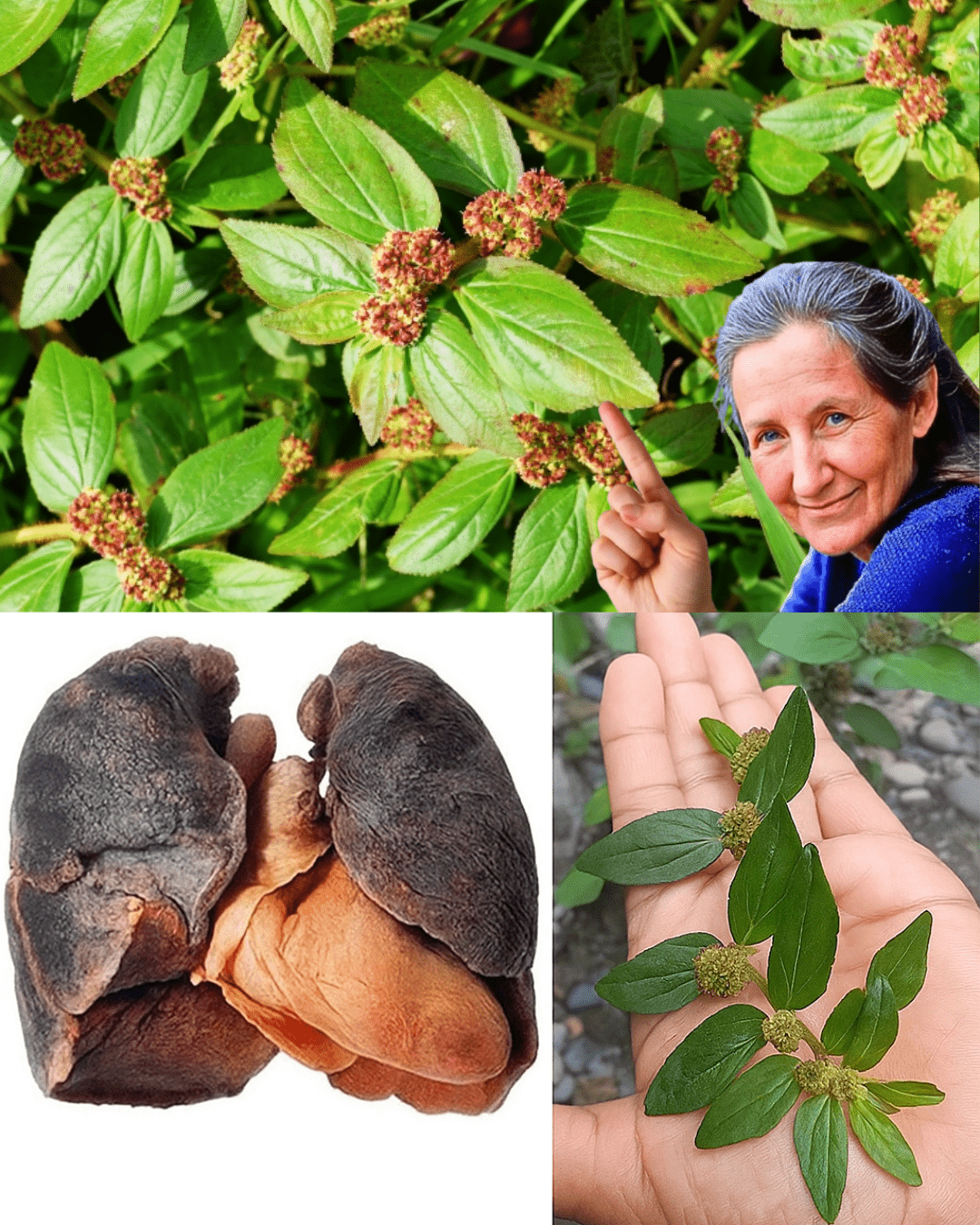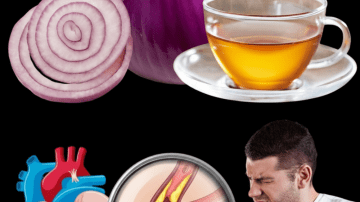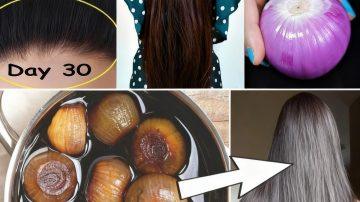Nature, in its boundless wisdom, often conceals its most potent treasures in the most unassuming forms. While we search for exotic superfoods and complex extracts, a small, sprawling plant commonly dismissed as a weed holds a centuries-old key to wellness: Euphorbia hirta. Known across various cultures by intriguing names such as Asthma Weed, Snakeweed, or Tawa-Tawa, this plant’s small, fuzzy leaves and milky sap belie a powerful internal chemistry that has made it a cornerstone of traditional healing practices globally.
This is not just another article about a plant; this is an invitation to look closer at what’s growing at your feet—a profound natural ally whose benefits span from calming inflammation to supporting vital organ health. Prepare to discover why this humble herb is transitioning from folk remedy to modern medicinal interest, and how it could redefine your approach to natural health. We delve deep into the science and tradition behind this small leaf with big healing power, focusing intensely on its proven benefits to keep you captivated and scrolling.

🔬 The Phytochemical Powerhouse: What Makes Euphorbia hirta a Therapeutic Marvel?
The therapeutic efficacy of Euphorbia hirta is rooted in an astonishingly rich profile of bioactive compounds. Far from being a simple green filler, this plant is a microscopic pharmacy, containing a complex cocktail of flavonoids, triterpenoids, phenolic acids, and essential oils. These compounds work synergistically, meaning their combined effect is greater than the sum of their individual parts, resulting in a broad spectrum of healing properties that demand a closer look.
💥 The Anti-Inflammatory Revolution
Perhaps the most celebrated property of Euphorbia hirta is its robust anti-inflammatory capability. Inflammation is the body’s natural response to injury or threat, but chronic inflammation is the silent driver of most modern diseases, including heart disease, diabetes, and neurodegenerative disorders. Understanding this connection is key to appreciating the plant’s value.
The plant contains potent flavonoids, such as quercetin and its derivatives, which are known to inhibit key inflammatory pathways, including the production of pro-inflammatory enzymes (like COX and LOX) and signaling molecules (cytokines). This powerful action is why traditional healers frequently reached for the plant to treat conditions characterized by swelling, pain, and persistent irritation, such as arthritis and joint discomfort. For the modern reader seeking relief from daily cellular stress, this suggests a natural, plant-based strategy for managing the underlying causes of long-term health decline without the side effects often associated with synthetic drugs. The deep, systemic relief offered by this tiny plant is truly remarkable.
🛡️ A Shield Against Pathogens: Antibacterial and Antifungal Might
In an era of increasing concerns about antibiotic resistance, the natural antimicrobial properties of plants are gaining critical importance. Extracts of Euphorbia hirta have demonstrated significant activity against a range of pathogenic microorganisms, solidifying its role in traditional wound and infection treatment.
- 🦠 Targeting Bacteria: Studies have shown its impressive efficacy against common bacterial strains, including the problematic Staphylococcus aureus (a cause of skin and respiratory infections) and Escherichia coli (a widespread gastrointestinal pathogen). Its ability to disrupt bacterial cell membranes is a subject of intensive modern research.
- 🍄 Combatting Fungi: Its notable antifungal activity, particularly against yeasts like Candida albicans, further highlights its versatility. This makes it a valuable traditional resource for addressing minor skin and mucosal infections where fungal overgrowth is a concern.
This dual-action protection—soothing irritation while actively fighting the underlying microbial cause—is a sophisticated hallmark of effective natural medicine, proving that nature has its own advanced defenses.
✨ Antioxidant and Cellular Guardian
The plant’s incredibly high phenolic content makes it an exceptional source of antioxidants. Antioxidants are crucial for scavenging harmful free radicals—unstable molecules that damage DNA, proteins, and cell membranes, accelerating the aging process and significantly increasing the risk of chronic disease.
By neutralizing these radicals, Euphorbia hirta acts as a protective force at the cellular level. This protection helps maintain cellular integrity, supports the body’s natural repair mechanisms, and slows down oxidative stress. This protective effect is particularly relevant to organ systems constantly under heavy metabolic load and oxidative stress, such as the liver, the brain, and the kidneys, positioning this plant as a core component of preventative health strategies.
🌿 Comprehensive Traditional and Modern Applications: The ‘One-Leaf Remedy’
Across Southeast Asia, Africa, and parts of the Americas, Euphorbia hirta has earned the reputation of a ‘one-leaf remedy’ because of the sheer breadth of its applications. Its use is not limited to a single ailment but spans several critical health domains, reflecting its balanced and potent medicinal profile.
🌬️ Respiratory Relief: The Legacy of ‘Asthma Weed’
The common name ‘Asthma Weed’ is perhaps the clearest indicator of its historical use. Traditional texts spanning continents document its use to relieve symptoms associated with various respiratory issues, including asthma, persistent coughs, and bronchitis.
The plant is believed to possess bronchodilatory properties, meaning certain active components may help to relax the smooth muscles of the airways, thereby making breathing easier and reducing wheezing. Furthermore, its powerful anti-inflammatory action can soothe irritated and inflamed bronchial passages. This dual mechanism—opening the airways and calming the irritation—provides comprehensive relief that has been valued for generations.
🩹 Gastrointestinal Comfort and Ulcer Healing
For centuries, the plant has been a trusted remedy for a wide array of digestive complaints. From diarrhea and dysentery (owing to its antimicrobial action) to simple stomach aches and the expulsion of intestinal parasites, its antibacterial and anti-spasmodic properties helped restore gut balance and function.
🔬 The Focus on Ulcers: Modern research has paid particular attention to its gastroprotective and anti-ulcer effects. Scientific investigations suggest that the compounds in Euphorbia hirta can significantly help strengthen the stomach’s mucosal barrier, reduce excessive gastric acid secretion, and accelerate the healing of existing gastric and duodenal ulcers. This makes it an incredibly promising and fascinating natural alternative for supporting a healthy, pain-free, and resilient digestive lining.
💪 Supporting Vital Organ Function: Liver and Kidney Protection
The vital role of the liver in detoxification and the kidneys in filtering waste means these organs are constantly exposed to metabolic byproducts and environmental toxins. Euphorbia hirta is a noted hepatoprotective (liver-protecting) and nephroprotective (kidney-protecting) herb in many esteemed folk medicine systems.
Its high antioxidant and anti-inflammatory load is thought to protect the delicate tissues of these organs from toxin-induced damage and inflammation. Additionally, the plant’s potential diuretic properties may support the kidneys in the efficient removal of fluid and metabolic waste, helping to maintain overall fluid balance and reduce systemic burden. By supporting the body’s two primary cleansing systems, this herb contributes powerfully to long-term vitality.
🩸 Modern Relevance: Supporting Platelet Count and Beyond
In recent years, the plant has garnered significant global attention, particularly in tropical and subtropical countries affected by viral illnesses like Dengue fever. While it is crucial to state that it is not a cure for viral infections, traditional and emerging scientific accounts suggest that an infusion made from the leaves may help support the body, particularly in managing the characteristic drop in blood platelet count (thrombocytopenia) associated with severe manifestations of the illness. This powerful, yet supportive, application underscores its potential relevance to pressing contemporary global health challenges, driving further urgent research into its mechanisms.

🍵 From Wild Harvest to Wellness Ritual: Traditional Preparation Methods
The abundance and accessibility of Euphorbia hirta mean that its traditional uses are surprisingly simple and practical. This simplicity is often the hallmark of effective, time-tested remedies.
1. The Soothing Herbal Tea (Infusion/Decoction)
This is the most common and versatile method for internal use. Fresh or dried leaves are prepared as follows:
- Decoction (Boiling): A small handful of fresh, clean leaves is boiled in about two cups of water until the volume is concentrated and reduced by half. The strained liquid is traditionally consumed warm for respiratory and gastrointestinal issues.
- Infusion (Steeping): Dried leaves are steeped in hot water, much like conventional tea, and used in smaller amounts as a daily tonic for general wellness and antioxidant intake.
2. The Topical Poultice
For external applications, the fresh leaves are utilized directly to treat skin ailments.
- Preparation and Application: The fresh leaves are crushed—sometimes with a small amount of carrier oil or water—to create a moist, active paste, or poultice. This is applied directly to minor wounds, cuts, boils, insect bites, rashes, or areas of localized swelling and joint discomfort. The immediate contact allows the powerful antibacterial and anti-inflammatory properties to work directly at the site of irritation, providing localized relief and infection prevention.
3. Tinctures and Extracts
Herbalists also prepare more concentrated forms, such as alcohol or glycerin tinctures, to preserve the active ingredients and create a potent, shelf-stable remedy that can be taken in small, measured doses. These concentrates are often preferred for their high bioavailability and ease of use.
💡 A Call to Re-examine Nature’s Pharmacy
The story of Euphorbia hirta is a compelling and timely reminder that our planet’s biodiversity holds immense, often untapped, medicinal potential right beneath our noses. It challenges the assumption that therapeutic value must be correlated with rarity or complexity. This small, common plant—the one you might overlook on a sidewalk or easily weed from your garden—is a documented powerhouse of therapeutic compounds, validated by both ancient practice and modern science.
From its role in easing the chronic discomfort of arthritis and muscle pain, to its potential in protecting the delicate lining of the stomach and supporting crucial detoxifying organ function, the “asthma weed” has so much more to offer than its unassuming appearance suggests. As global scientific research continues to urgently validate and explore the wisdom of traditional practices, Euphorbia hirta stands out as a powerful, accessible, and affordable ally in the relentless pursuit of holistic health and longevity. It is a true example of an accessible botanical solution.
What other secrets might be growing at your feet? The journey into effective herbal wellness often begins with a single, humble leaf. Embracing the profound power of plants like Euphorbia hirta is not just about finding new remedies; it’s about reconnecting with the ancient, effective, and sophisticated pharmacy of the natural world. Discovering this plant is discovering a vital piece of natural health history and a key to your future wellness.
Would you like to explore the specific scientific studies concerning the gastroprotective and anti-ulcer mechanisms of Euphorbia hirta in more detail?






